 We can not let November fade into history without returning to the Virginia Museum of Fine Arts, which last Thursday gave people the opportunity to visit its galleries, before or after their turkey dinners.
We can not let November fade into history without returning to the Virginia Museum of Fine Arts, which last Thursday gave people the opportunity to visit its galleries, before or after their turkey dinners.
Which sure beats settling down on the couch to watch football or sitting at the computer to work, play or post on Facebook. And, let’s face it, except for going to the movies or a few miscellaneous stores, there’s not much else to do on Thanksgiving. It’s a time when family members are supposed to enjoy each other’s company, after all. Going to the art museum en famille is an idea that imho is ripe for spreading throughout the land.
To recap: When, last spring, the VMFA reopened in an expanded version, Alex Nyerges, the director, declared that the museum would be open 365 days a year. On Thanksgiving, it was open from
What happened? About 100 people came to eat at Amuse, and some 500 came to view the art. Mr. Nyerges was among them: he ate his meal with his wife, son and deputy director, and then roamed the galleries. Afterwards, he told me, “The museum seemed busy. It is a family day.”
Does 500 people sound scanty to you? Consider this: On an average weekday, without a special event or exhibition, the VMFA attracts about 1,000 visitors. It spent nothing to market the Thanksgiving hours, only sending emails to members and posting the hours on Facebook and Twitter. It offered no lectures, films or family events.
 What’s more, when the VMFA was open last Memorial Day and July Fourth, it drew “a couple of thousand” visitors.
What’s more, when the VMFA was open last Memorial Day and July Fourth, it drew “a couple of thousand” visitors.
Nyerges thinks the VMFA can do better, so for Christmas, he’s giving visitors a gift: free admission to the museum’s special exhibitions. Normally, the permanent collection galleries are free, but admission to the current Sally Mann exhibition, for example, is $10 and admission to the American Quilts show is $15.
VMFA is also open until
He also says that when he first brought up these hours, his chief financial officer said the museum could not afford it. “I said we can’t not afford it,” he replied. Six months into his experiment, he says that people stop him all the time and express their delight that “the museum is open all the time. They love it.”
So do I. BTW, Nyerges said he had no trouble attracting staff for Thanksgiving; they were paid at the premium overtime rate.
Art museums all over the country are constantly talking about making themselves “more accessible.” Not enough are taking what should be among the easiest steps: staying open at night and on holidays, when people actually have time to go to museums.
They might even be forging some new family traditions that revolve around art.
Photo Credit: Courtesy Virginia Museum of Fine Arts (bottom)

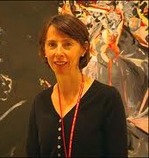
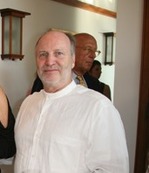
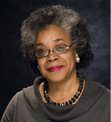 Lowery Stokes Sims (at right) set herself a rather impossible task when she decided to organize an exhibition called “
Lowery Stokes Sims (at right) set herself a rather impossible task when she decided to organize an exhibition called “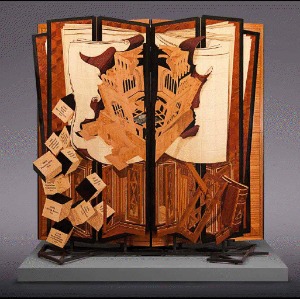 The result, which she describes as “big and chaotic,” in now on view at the Museum of Art and Design, and the subject of
The result, which she describes as “big and chaotic,” in now on view at the Museum of Art and Design, and the subject of 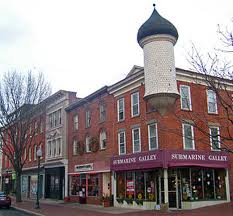 And that’s what many people would like to believe about Rocco Landesman’s campaign, from his perch as head of the National Endowment for the Arts, that creating arts districts all over the U.S. will lead to economic development.
And that’s what many people would like to believe about Rocco Landesman’s campaign, from his perch as head of the National Endowment for the Arts, that creating arts districts all over the U.S. will lead to economic development. 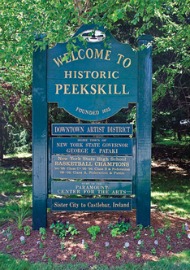 The article,
The article, 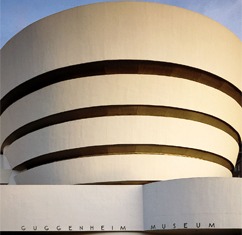 Nonetheless, I was particularly disappointed to read the other day that the Guggenheim is taking another step toward being a corporate billboard (e.g., Google, Deutsch Bank, BMW:
Nonetheless, I was particularly disappointed to read the other day that the Guggenheim is taking another step toward being a corporate billboard (e.g., Google, Deutsch Bank, BMW: